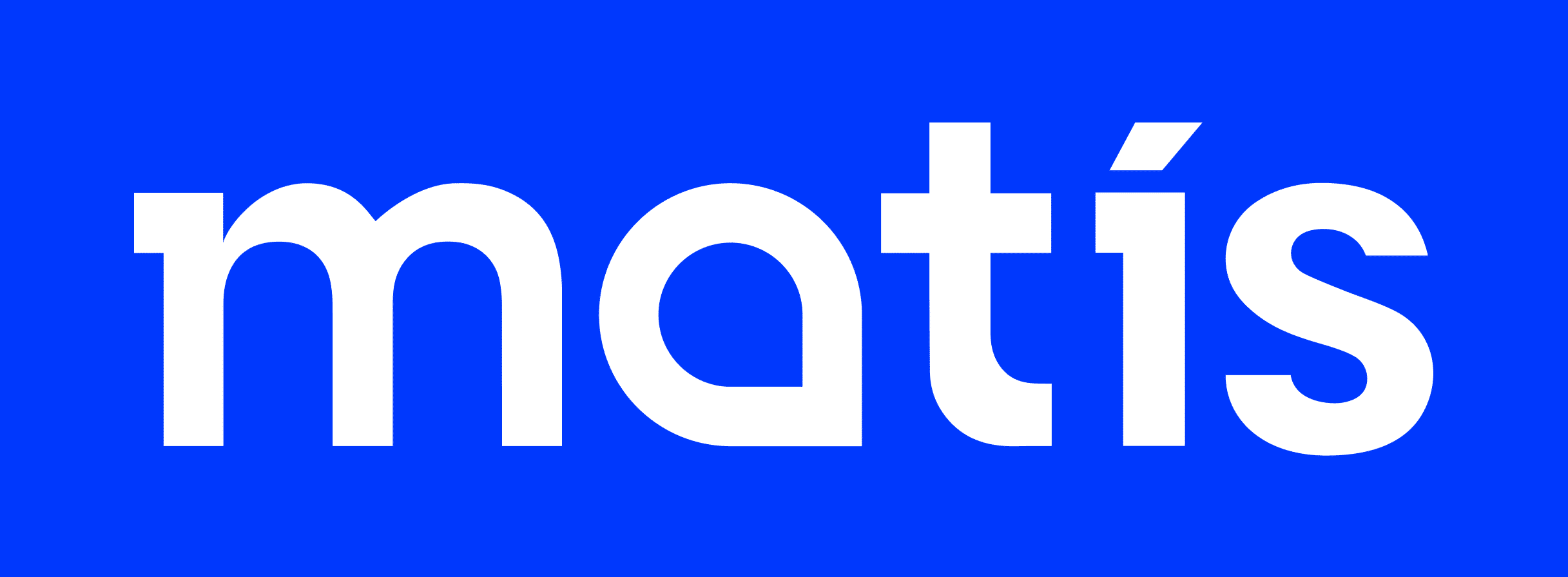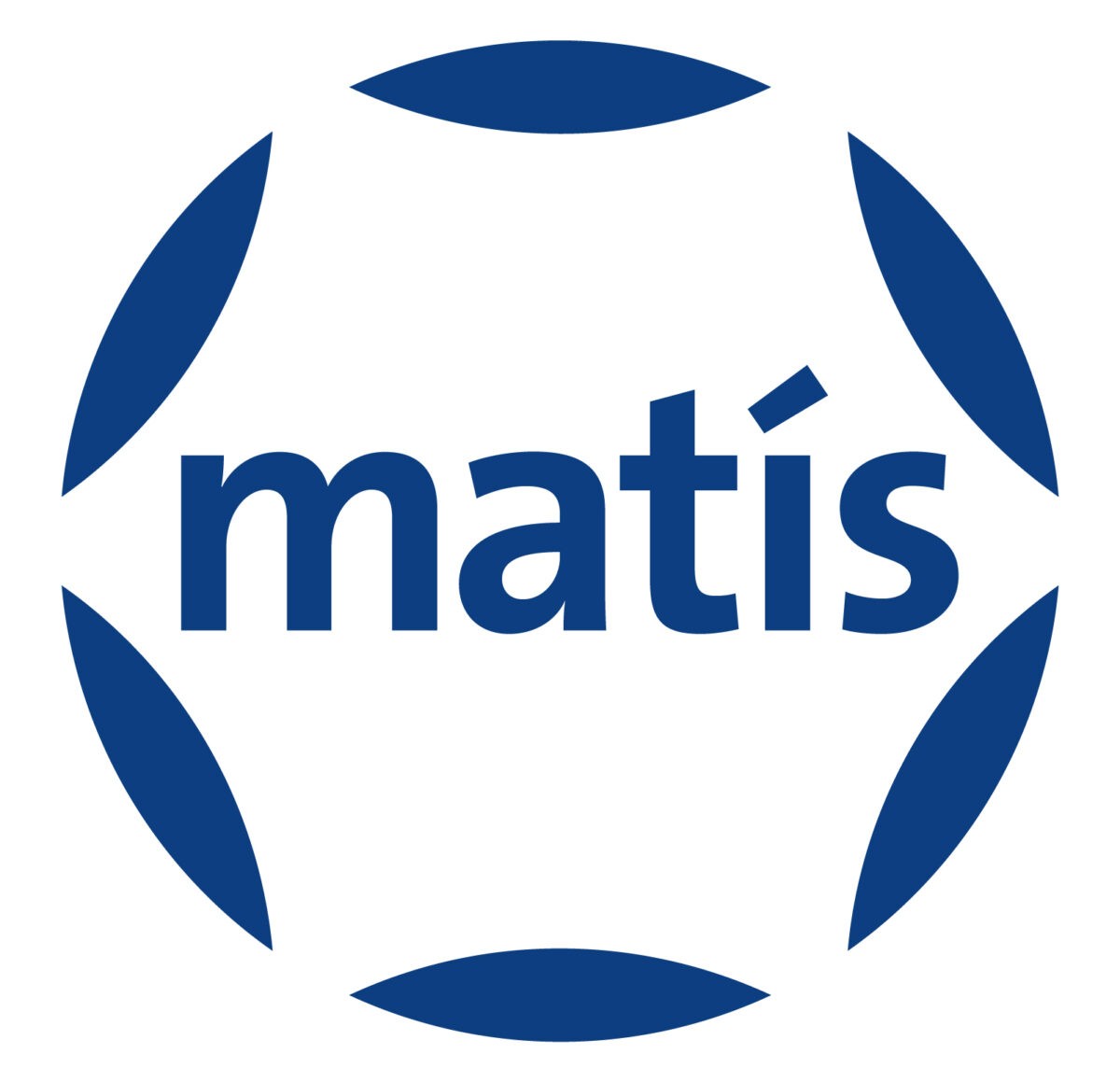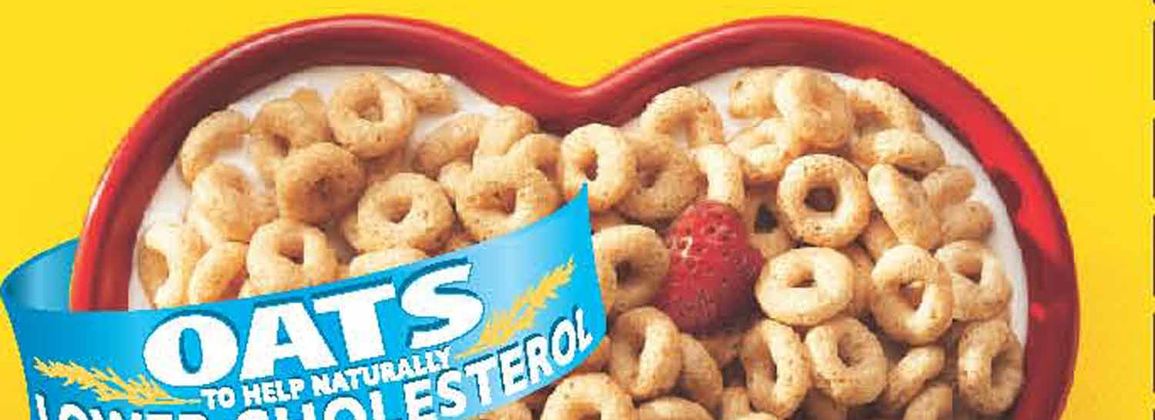The goal is to be at the forefront of innovation in food science, food engineering and biotechnology.
University of Iceland and Matís ohf. signed an agreement yesterday to strengthen practical teaching and scientific work in the fields of food science, food engineering, biotechnology and food safety. The idea with the agreement is to strengthen the theoretical and practical education of students at the University of Iceland and increase research in the above areas. The aim is to utilize the possibilities for joint operation of equipment for the benefit of joint projects, but the University and Matís intend to jointly purchase and operate various types of research equipment.
The University of Iceland and Matís intend to be at the forefront of innovation in the fields of study related to food science, food engineering, biotechnology and food safety. With the agreement, the practical guidance of master's and doctoral students at the University of Iceland will be provided by Matís, but the idea is to ensure that the quality of research at the University of Iceland and Matís is comparable to what happens internationally in the above fields.
The collaboration should also ensure professional uniqueness in order to attract students and scholars at the international level. The intention is to increase the number of undergraduate and graduate students in food science, food engineering and biotechnology.
Matís is the largest research institute in the country in the field of food research and food safety. Matís' policy is to strengthen the competitiveness of Icelandic products and the economy, improve public health, ensure food security and sustainable use of the environment through research, innovation and services in the fields of food, biotechnology and genetic engineering. In order to implement its policy, it is necessary for Matís to work in collaboration with the University of Iceland on teaching and training students.
The University of Iceland has formulated a policy until the year 2011, where emphasis is placed on the development of doctoral studies, excellent research and teaching, as well as emphasis on collaboration with institutions and companies such as Matís. The University of Iceland conducts extensive research and teaching in the fields of study that Matís deals with, especially in the field of health sciences, engineering and natural sciences at the university.
Yesterday, Sjöfn Sigurgísladóttir, CEO of Matís, also became a visiting professor at the Faculty of Food and Nutrition at the University of Iceland, and an agreement to that effect was signed. The aim of the agreement is to strengthen teaching and research in food science.
Attached is a photo from yesterday's signing of the agreements

Front row from left: Sigurður Guðmundsson, President of the School of Health Sciences, University of Iceland, Kristín Ingólfsdóttir, Rector of the University of Iceland, Jón Bjarnason, Minister of Fisheries and Agriculture, Sjöfn Sigurgísladóttir, CEO of Matís and Visiting Professor at the Faculty of Food and Nutrition.
Back row from left: Jóhann Guðmundsson, Assistant Minister of Fisheries and Agriculture, Þórður Kristinsson, Director of the University of Iceland, Jón Atli Benediktsson, Assistant Rector of Science and Teaching at the University of Iceland, Ingibjörg Gunnarsdóttir, Vice President of the University of Iceland, Friðrik Friðriksson, Chairman of Matís, Guðjón Þorkelsson, Head of Matís, Halldór Jónsson, Head of the School of Science, University of Iceland.







